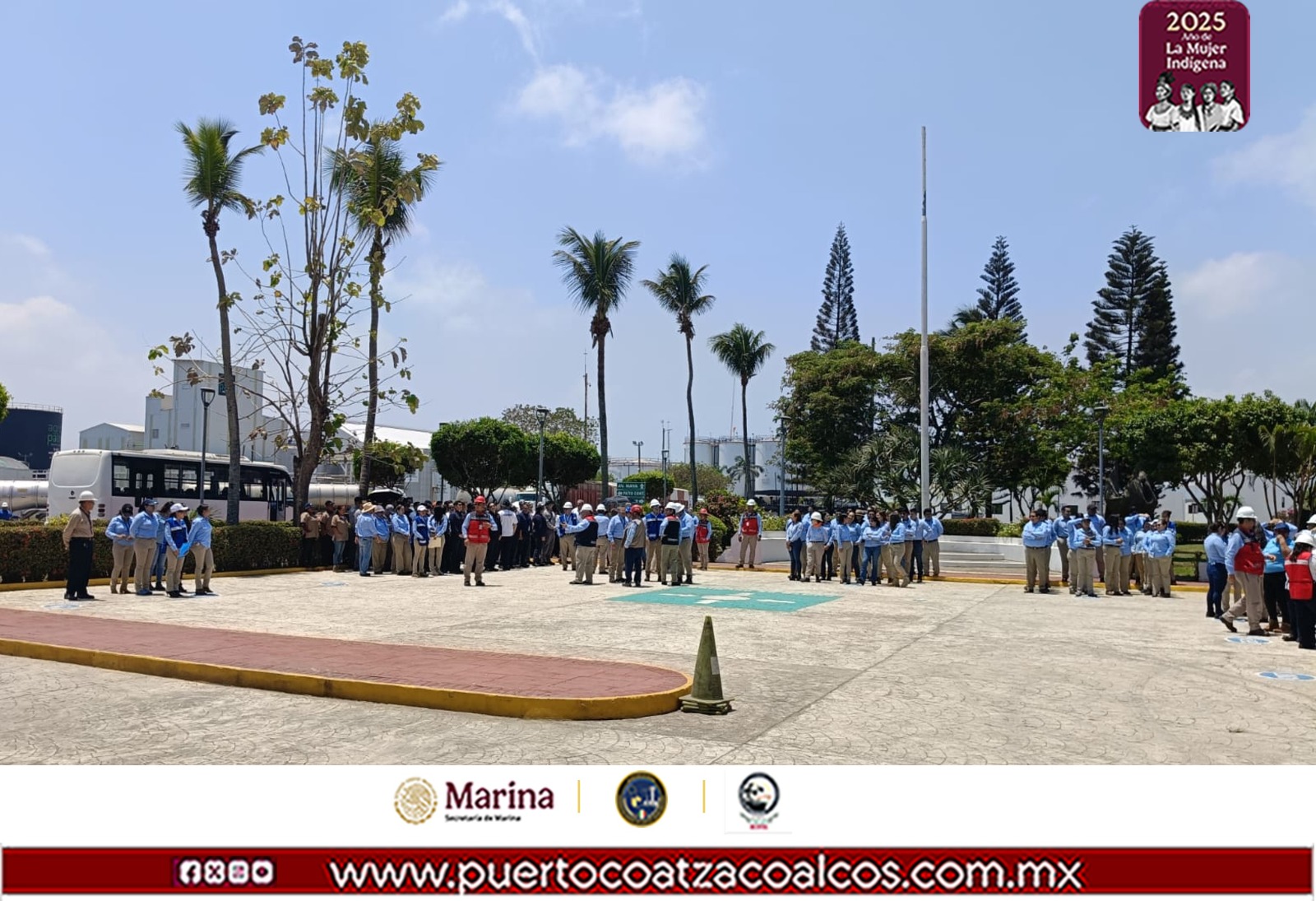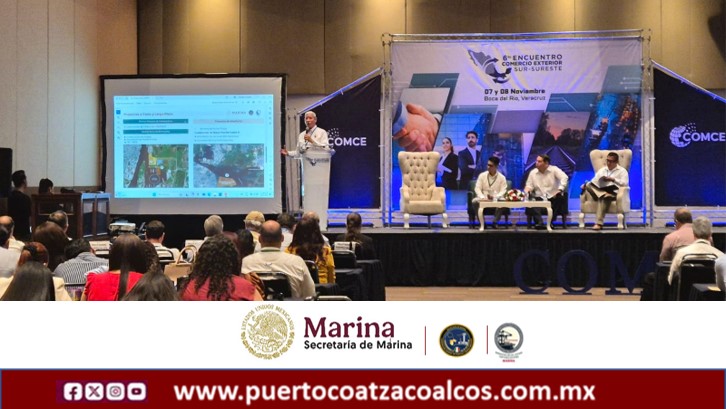The Port of Coatzacoalcos supports Central American migrants
July 10, 2012
 The collapse of the railroad tracks in Loma Bonita, Oaxaca last June, not only affected the movement of goods to and from the south, also cut the required step in the path of the Central Americans on their way to the United States, causing more than two thousand migrants are stranded in the city of Coatzacoalcos, waiting for the train flowing again.
The collapse of the railroad tracks in Loma Bonita, Oaxaca last June, not only affected the movement of goods to and from the south, also cut the required step in the path of the Central Americans on their way to the United States, causing more than two thousand migrants are stranded in the city of Coatzacoalcos, waiting for the train flowing again.
This situation is worrying because these people suffer from overcrowding, malnutrition and diseases due to high temperatures or lack of hygiene.
Because of this the contributors to this institution took the initiative to join to the works of aid organizations, and they prepared meals and drinks for about 450 travelers who are in this town, waiting for the "beast" as they call the railroad, reaunude their way to the northern border.
Again, the solidarity of the Port Community, shows up to support human beings that are in unfavorable situations.
 The collapse of the railroad tracks in Loma Bonita, Oaxaca last June, not only affected the movement of goods to and from the south, also cut the required step in the path of the Central Americans on their way to the United States, causing more than two thousand migrants are stranded in the city of Coatzacoalcos, waiting for the train flowing again.
The collapse of the railroad tracks in Loma Bonita, Oaxaca last June, not only affected the movement of goods to and from the south, also cut the required step in the path of the Central Americans on their way to the United States, causing more than two thousand migrants are stranded in the city of Coatzacoalcos, waiting for the train flowing again.
This situation is worrying because these people suffer from overcrowding, malnutrition and diseases due to high temperatures or lack of hygiene.
Because of this the contributors to this institution took the initiative to join to the works of aid organizations, and they prepared meals and drinks for about 450 travelers who are in this town, waiting for the "beast" as they call the railroad, reaunude their way to the northern border.
Again, the solidarity of the Port Community, shows up to support human beings that are in unfavorable situations.

 Abril
Abril Abril
Abril Agosto
Agosto








